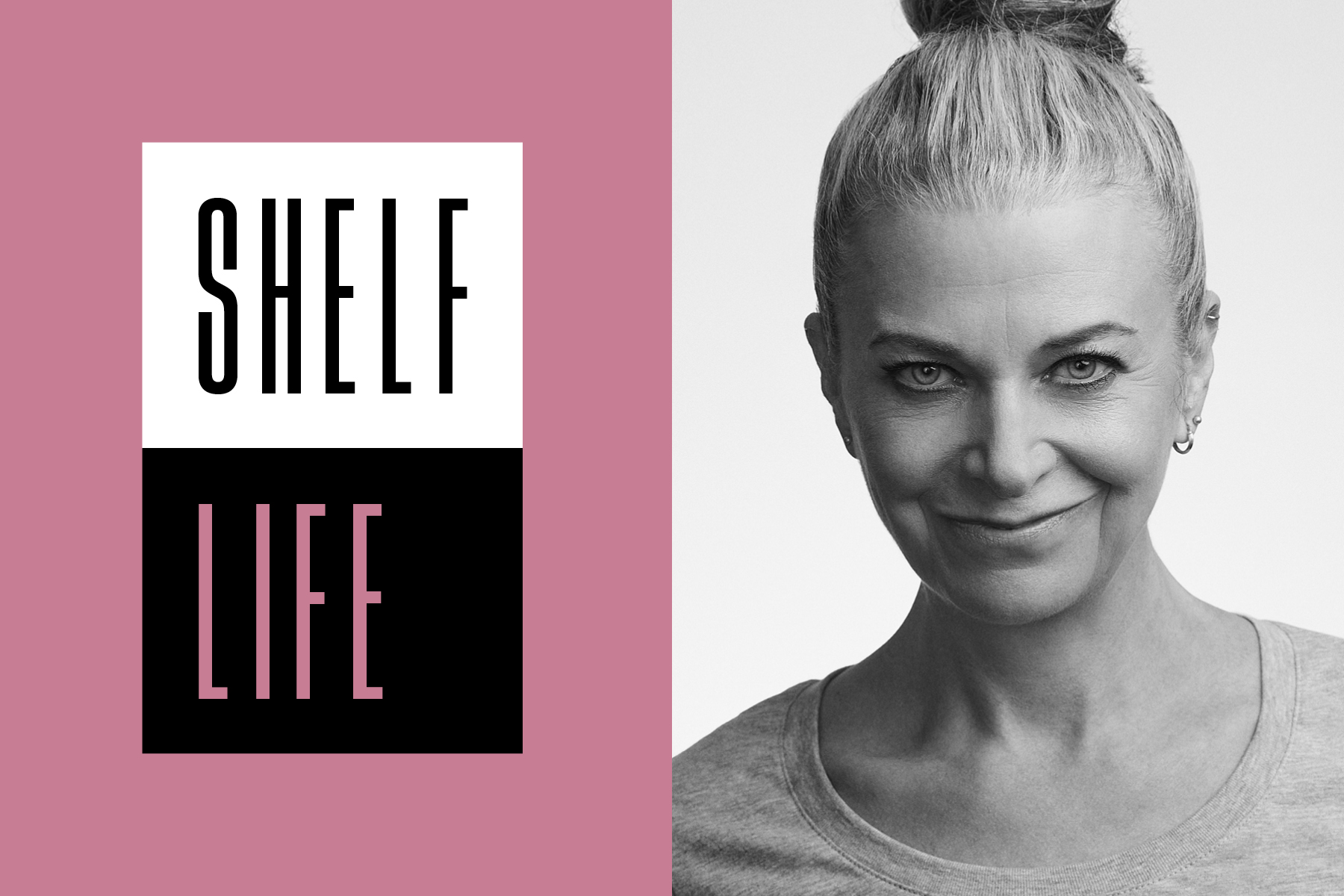
Jane Fallon: the books that have shaped my life
The bestselling author of Worst. Idea. Ever. on her favourite Dickens novel, the genius of Truman Capote and how a childhood home full of siblings and pets influenced her writing.
The famous children’s author Edward Ardizzone wrote all sorts of books about a little boy called Tim, but only one of them with a little girl called Charlotte in it, which is why it was my favourite. In Tim and Charlotte (1951), Charlotte gets washed up on the beach, where Tim finds her. She’s lost her memory and can’t remember who she is, so he takes her home and she just sort of lives with them and loves it, until eventually her grandmother turns up and claims her back. Something about that idea of having no memory fascinated me even when I was three years old; apparently I would follow my mum around all day with the book in my hand, asking to be read it. I still have the original copy, all full of scribbles.
'I was a shy child... I'd hide in the dog's kennel'
Funnily enough my second choice, which is a book I discovered when I was a bit older, is also about a lonely little girl accidentally thrown into another life: A Little Princess by Frances Hodgson Burnett (1905). The main character Sara is having a lovely time until her father goes missing in the army, and she ends up in a horrible children’s home, although it works out for her in the end.
When you’re a kid, you enjoy the fantasy of a life very different to your own, don’t you? When I was growing up, there were a lot of us crammed in because I have four brothers and sisters. I was a very shy little girl, so I spent the whole time trying to find a quiet place where I could hide and read. I would go up into the attic, or sit on top of the compost heap, or in the dog’s kennel in the back garden – anywhere I knew none of the others would want to come near.
We lived above my parents’ shop in Buckinghamshire, where I’d help out stacking shelves and serving ice cream. It was pretty cool – particularly when I was around eight and realised I was sitting above hundreds of sweets. My first sense of myself as a writer was writing little books and trying to persuade my Mum and Dad to sell them in the shop; we also always had lots of rabbits and guinea pigs, which is where my obsession with animals started.
Fay Weldon is probably my biggest influence as a writer. I discovered Puffball (1980) on my sister’s bookshelf when I was a teenager and was just blown away by the fact a book could be so conversational. Everything I’d read up until that point had been a classic, and was so precisely written; I loved the idea you could just write the way you spoke instead. She had such an authentic voice, and I realised I wanted to find one too, though I didn’t know how yet.
If anyone asks me what my favourite book of all time is, I say In Cold Blood by Truman Capote (1965). I’ve got about four copies of it, including the first edition, which is my most treasured possession, but the original one I read was a really beaten up copy from a jumble sale when I was in my 20s. I remember the pages starting falling out as I was reading it, but I couldn’t stop because I was so desperate to know how the story turned out. It’s about a real murder case in Texas, but he writes it so beautifully, like a novel. I was working as a script reader at that point, and I remember losing a couple of days of work because I couldn’t put it down.
'I wanted to write about women with more going on than getting married'
My dream career growing up was always to be a novelist – well, that or a gymnast! – though for a long time, admitting that felt too exposing. But I carried on writing anyway, including scripts for TV [Jane wrote for many major shows, including This Life and Teachers]. I wrote lots of first chapters of books, but could never hit on an idea that worked.
I always knew that, like Fay Weldon, I wanted to have really strong female protagonists in my work. When my first novel Getting Rid of Matthew came out in 2007, a lot of women’s books were about a heroine’s quest to find a man and get married and have a baby. I’m not knocking any of that, but those things just didn’t speak to me; it was never my goal in life. I thought that in the real world, I’d probably find those people quite boring. I knew I wanted to write about women who had other things going on.
You’re always scared, when you’re working on a book, that you’re writing something that has been written before. But I do tend to get a nice response to my characters, because even though they do things I don’t approve of, I try to make them good company. The other thing is plotting: I need to know my story has got enough twists and turns and cliff-hangers going on. I get quite a lot of people telling me: I couldn’t put it down. That’s my favourite compliment.
Worst. Idea. Ever. by Jane Fallon is out now.
What did you think of this article? Email editor@penguinrandomhouse.co.uk and let us know.
Read more in our Shelf Life series.